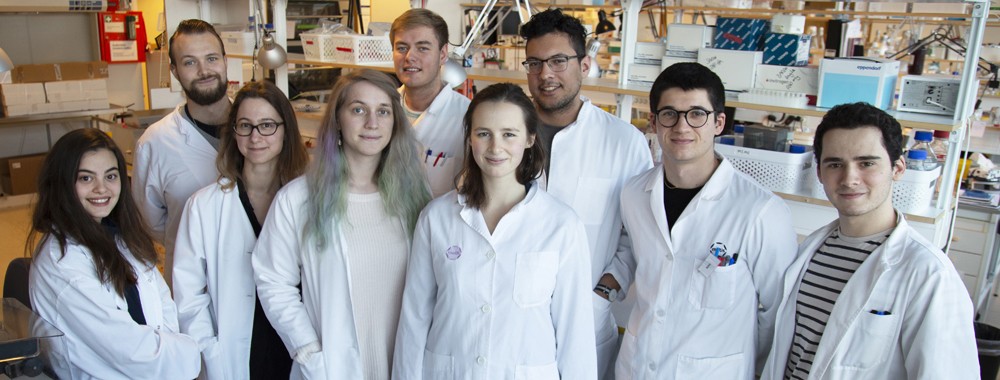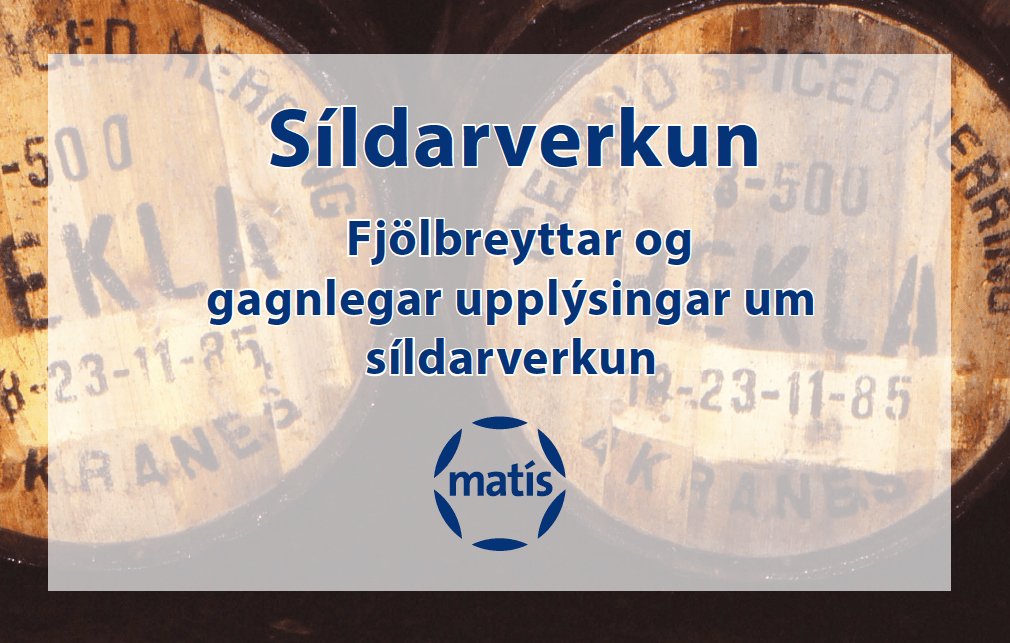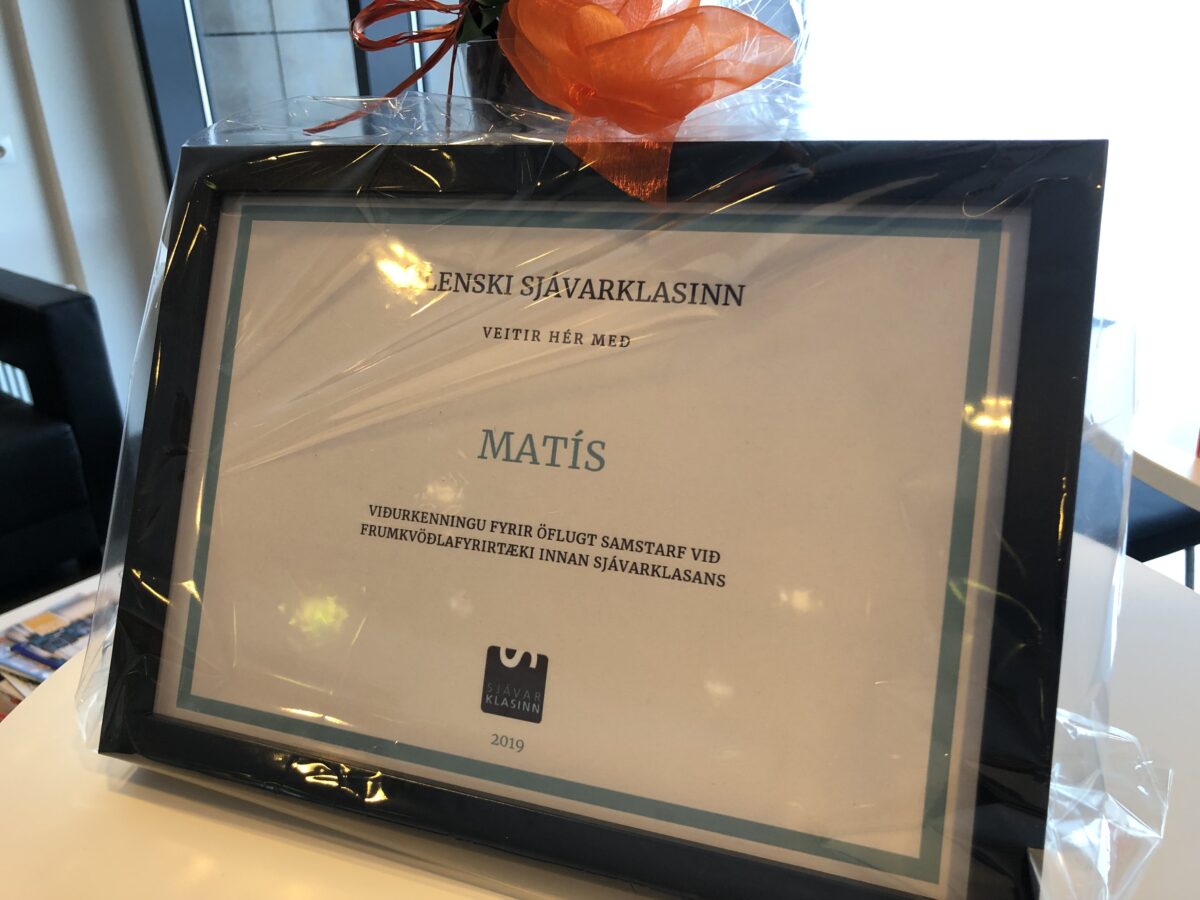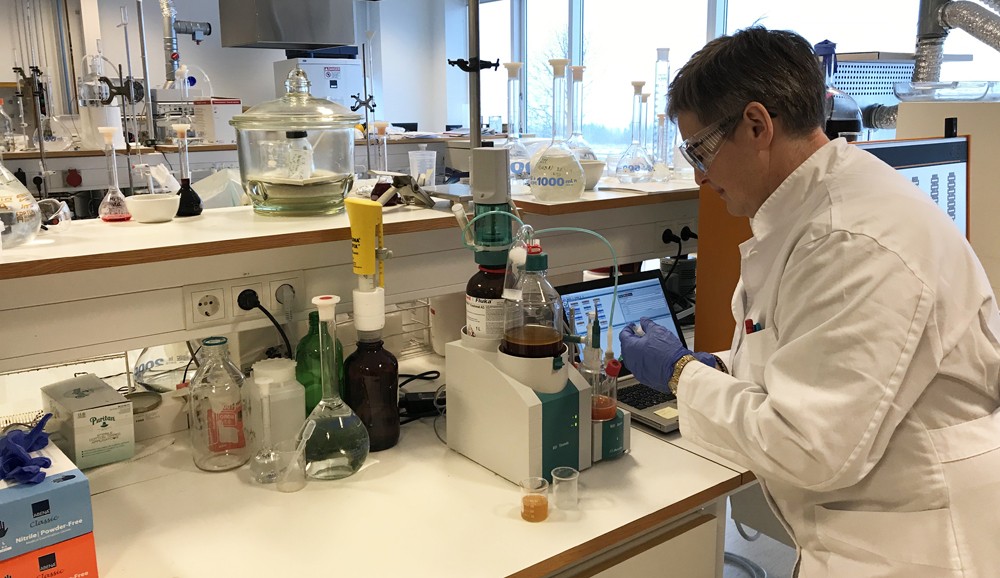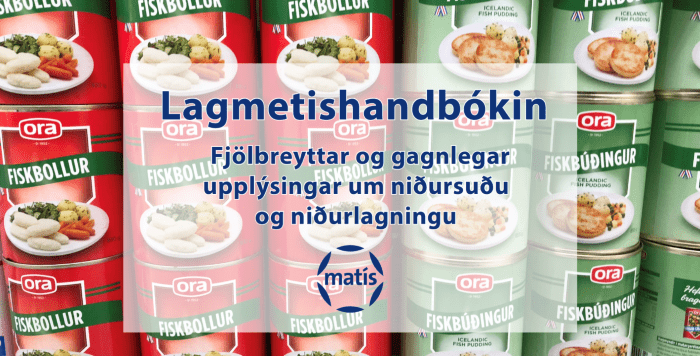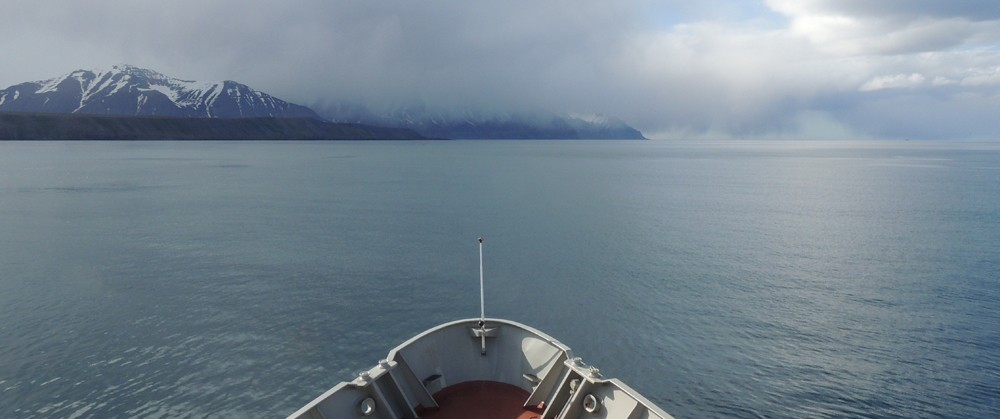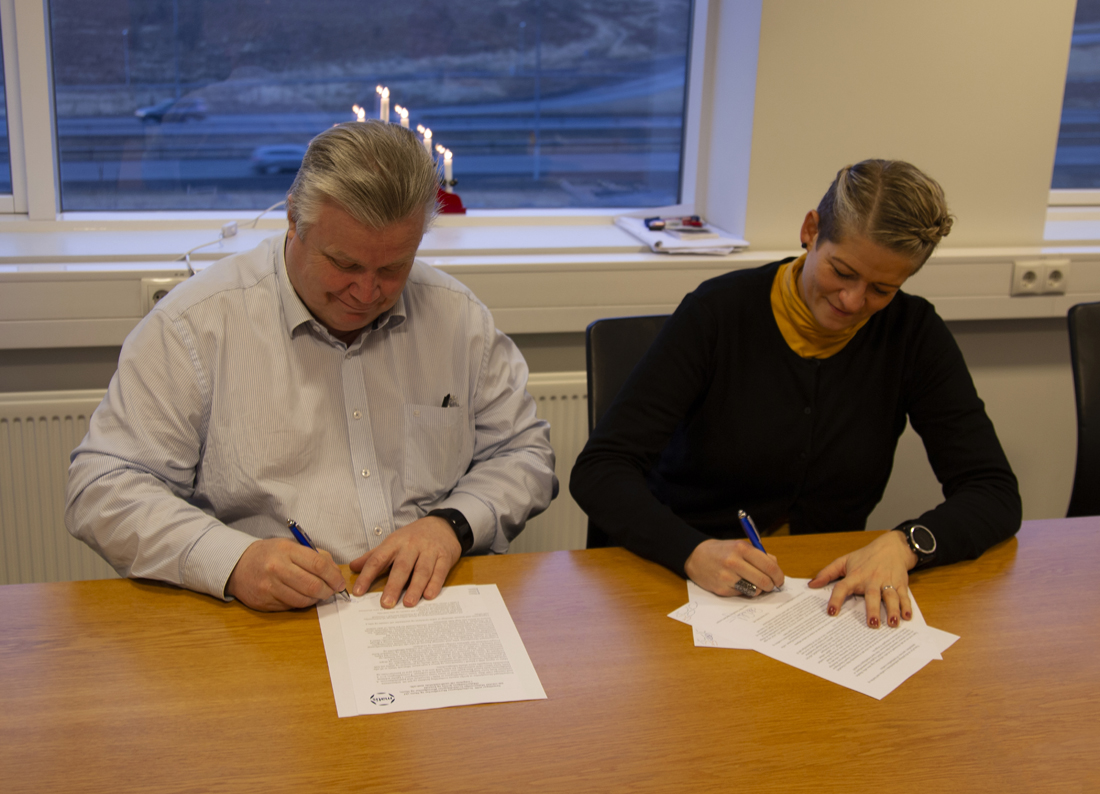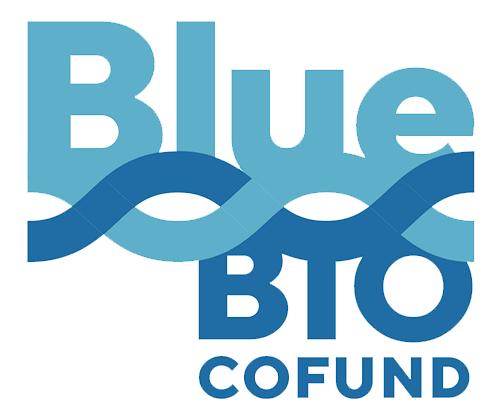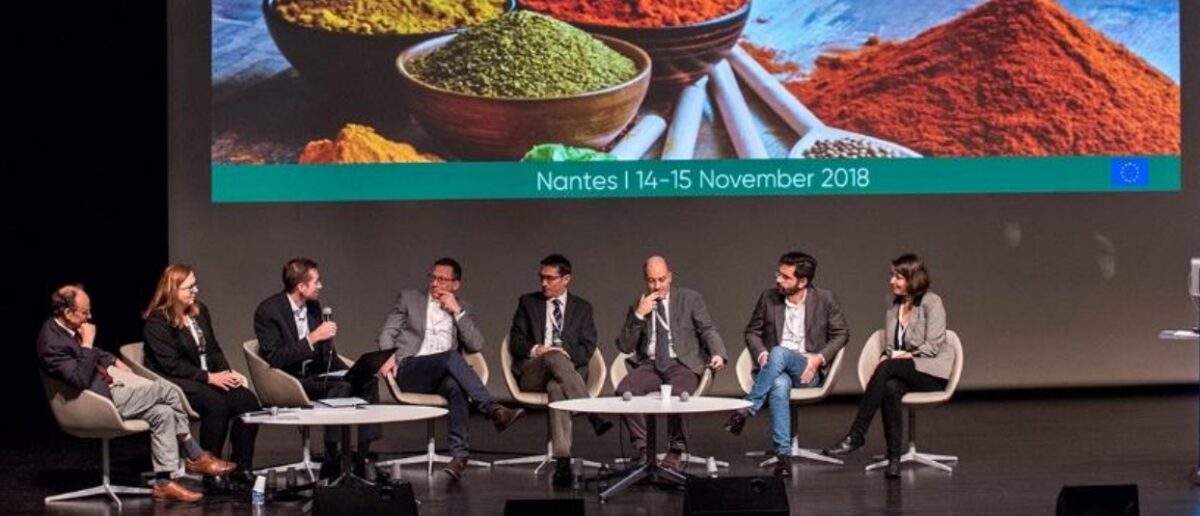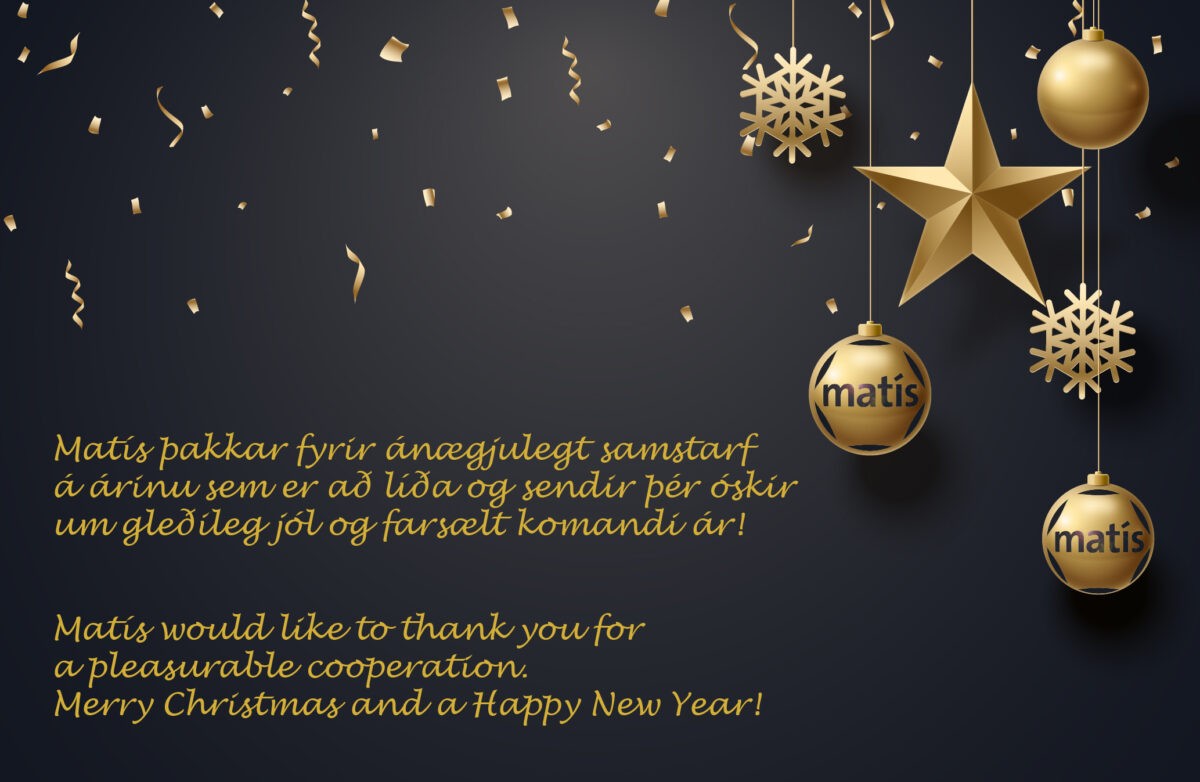Icelandic seafood contains an insignificant amount of undesirable substances - but scientific data on undesirable substances in Icelandic seafood are a key factor in demonstrating the status of Icelandic seafood, e.g. safety and health.
It's out Matís report summarizing the results of continuous monitoring of undesirable substances in seafood from the 2018 resource.
The monitoring began in 2003 with the help of the then Ministry of Fisheries, the current Ministry of Industry and Innovation, and Matís was responsible for collecting data and publishing reports for this systematic monitoring during the period 2003-2012.
Due to lack of funds, this important data collection was suspended as well as the publication of results in the period 2013-2016. The project resumed in March 2017, but due to a lack of funds, it now only covers the monitoring of undesirable substances in edible seafood from the resource intended for human consumption, and not fishmeal and fish oil for feed. For the same reason, no chemical analyzes were performed on PAH, PBDE and PFC substances this time.
The aim of the project is to demonstrate the position of Icelandic seafood in terms of safety and health and to use the data in the risk assessment of food to ensure the interests of consumers and public health. The project builds a knowledge base on the amount of undesirable substances in economically important species and marine products, it is defined as a long-term project where expansion and revision is constantly necessary.
High quality and well defined Scientific data on undesirable substances in Icelandic seafood are key factors in demonstrating the status of Icelandic seafood, including safety and health. The export of Icelandic food depends on being able to demonstrate their safety, taking into account laws, regulations and market requirements. Scientific data from independent researchers is also important in market presentations of seafood for potential buyers and strengthens all marketing work for Icelandic seafood. The data are also used for risk assessment of food and to influence the setting of maximum levels for contaminants in food.
This time, 18 samples of seafood were taken from the resource, for the first time samples of kingfisher and sea otters were taken, also 2 samples of shrimp and 1 of cod were taken as well as 13 samples of traditional edible fish.
In general, the results obtained in 2018 were in line with previous results from 2003 to 2012 as well as 2017. The results showed that Icelandic seafood products generally contain insignificant amounts of persistent organic pollutants such as dioxins, PCBs and pesticides.
In this report, the maximum levels of the European Union (EU) for dioxins, dioxin-like PCBs (DL-PCBs) and non-dioxin-like PCBs (NDL-PCBs) in food were according to Regulation no. 1259/2011 used to assess how Icelandic seafood meets EU requirements. The results for 2018 show that all samples of seafood for human consumption were well below the EU maximum values for persistent organic pollutants and heavy metals. The concentration of so-called ICES6-PCBs turned out to be low in edible parts of seafood, compared to the EU maximum value according to Regulation no. 1259/2011. The results also showed that the concentration of heavy metals, such as cadmium (Cd), lead (Pb) and mercury (Hg) in Icelandic seafood was always below the EU maximum values.
Photo: Stefán Þór Eysteinsson

